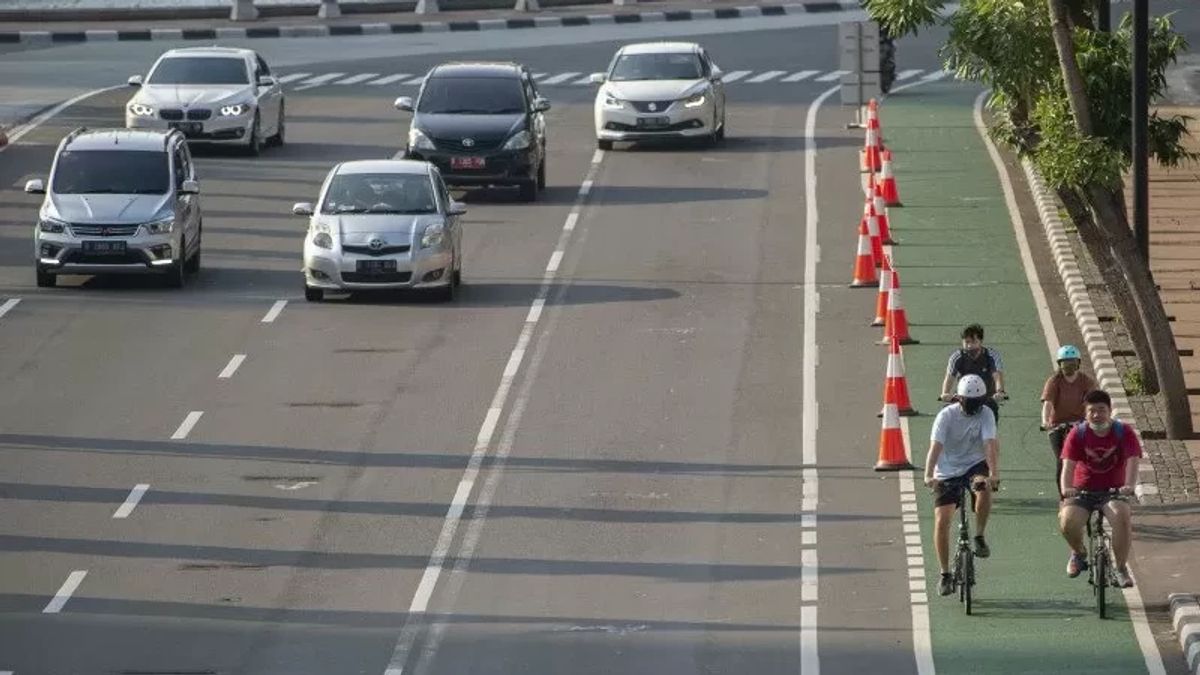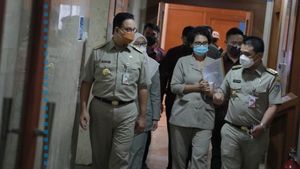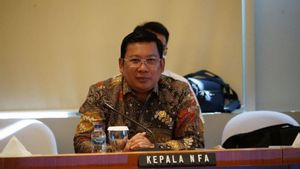
JAKARTA - The target for the construction of bicycle lanes in Jakarta to a total of 500 kilometers during the leadership of DKI Jakarta Governor Anies Baswedan was not achieved. Anies also extended the time for the achievement of the bicycle lane construction.
This is stated in the Governor's Regulation Number 25 of 2022 concerning the Regional Development Plan (RPD) of DKI Jakarta for 2023-2026.
Thus, the continuation of the development of the bicycle lane will be carried out by the next Governor of DKI Jakarta. Anies targets bicycle lanes to be built up to 535.98 kilometers by 2026.
"It is planned to build 298 km of bicycle lanes connected to the mass public transport network, and by 2026 it is targeted that a total of 535.68 km of bicycle lanes are targeted," Anies wrote in the governor's regulation, quoted on Friday, September 23.
The construction of the bicycle lane is related to the DKI Provincial Government's plan to make Jakarta a transit-oriented city.
So, according to Anies, Jakarta needs to be equipped with quality public spaces, including community infrastructure such as road networks, bicycle lanes, pedestrian bridges (JPO) and safe, comfortable and inclusive sidewalks.
"And, being able to inspire and encourage people to switch from private vehicles to actively walk and use public transportation. This will support the realization of humane urban spaces and create a new culture that improves health and well-being," he said.
SEE ALSO:
In the construction of other facilities such as pedestrian paths, Anies said that until 2022, an area of 1,258,594 square meters has been built which is equipped with supporting facilities.
"Then, in 2026 (the pedestrian path) is targeted to increase the area to 1,808,594 square meters," said Anies.
Anies explained that the addition of bicycle lanes to pedestrian paths is directed primarily at locations along secondary arterial and secondary collector roads, areas at transit nodes, Jakarta's coastal areas, and other areas that are regulated as urban service centers in accordance with the RT/RW and master plan of related sectors.
The English, Chinese, Japanese, Arabic, and French versions are automatically generated by the AI. So there may still be inaccuracies in translating, please always see Indonesian as our main language. (system supported by DigitalSiber.id)

















